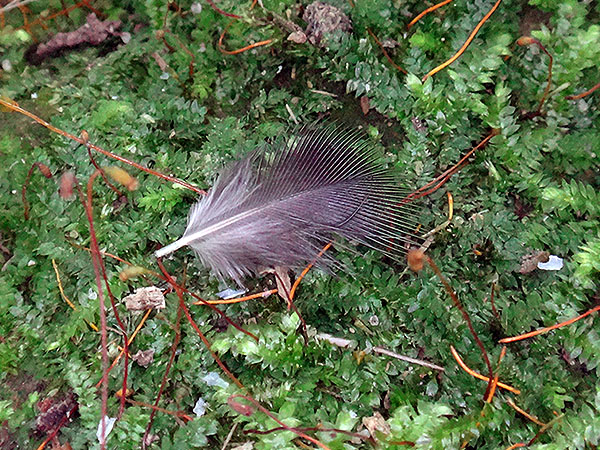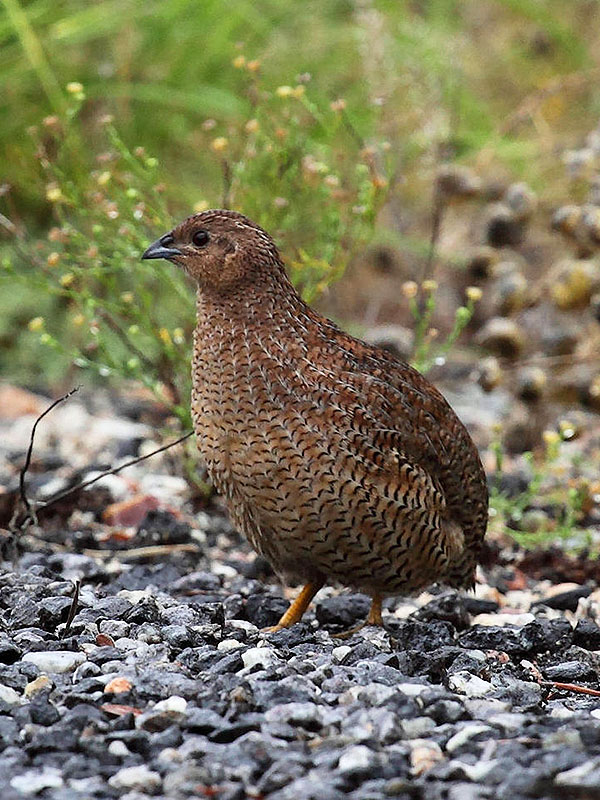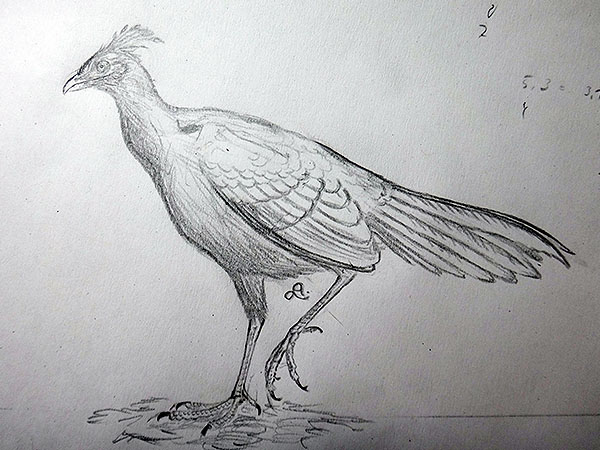
*********************
bearbeitet: 02.10.2022


*********************
bearbeitet: 02.10.2022
Was there formerly a quail species living on the Fijian Islands?
Well, here is an account by Rollo H. Beck, an American ornithologist, who quotes some notes that he received by a Mr. G. T. Barker on June 5, 1925, during a stay on the island of Viti Levu, Fiji.:
“Moa (Quail)
It is commonly said, by whites, that quail are the offspring of imported birds, but this cannot be so for I have tales that run back for hundreds of years mentioning this bird. A Mr. Coster who was one of the first white settlers on the Island of Koro said that quail were present in great numbers when he arrived there and this was many years back.” [1]
Indeed, there was a quail species living on the Fijian Islands, and it still does, because this account clearly refers to the Brown Quail (Synoicus ypsilophorus ssp. australis (Latham)) (see photo), an Australian species that was introduced to the Fijian Islands sometimes in the early 1900s.
The species is commonly called moa on the islands, it was introduced at least to the islands of Makogai, Vanua Levu, and Viti Levu; it is, however, now apparently restricted to the (artificial) grasslands of Vanua- and Viti Levu. [2]
*********************

*********************
References:
[1] Whitney South Sea Expedition of the American Museum of Natural History. Extracts from the journal of Rollo H. Beck. Vol. 2, Dec. 1923 – Aug. 1925
[2] Edward Narayan: Troublesome birds of Fiji Islands. Lulu, Inc. 2014
*********************
edited: 29.07.2020
Der Hezheng-Fasan wurde im Jahr 2018 beschrieben, er war sehr nah mit den heutigen Fasanen verwandt.
Das einzige bisher bekannte Fossil ist bemerkenswert da bei ihm die Trochlea erhalten geblieben ist, was darauf hindeutet, dass der Vogel zu Lebzeiten recht stimmgewaltig gewesen sein muss (ganz wie heutige Fasanenarten).

*********************
Referenzen:
[1] Zhiheng Li; Julia A. Clarke; Chad M. Eliason; Thomas A. Stidham; Tao Deng & Zhonghe Zhou: Vocal specialization through tracheal elongation in an extinct Miocene pheasant from China. Scientific Reports 8(1): 1-12. 2018
*********************
bearbeiten: 02.02.2019